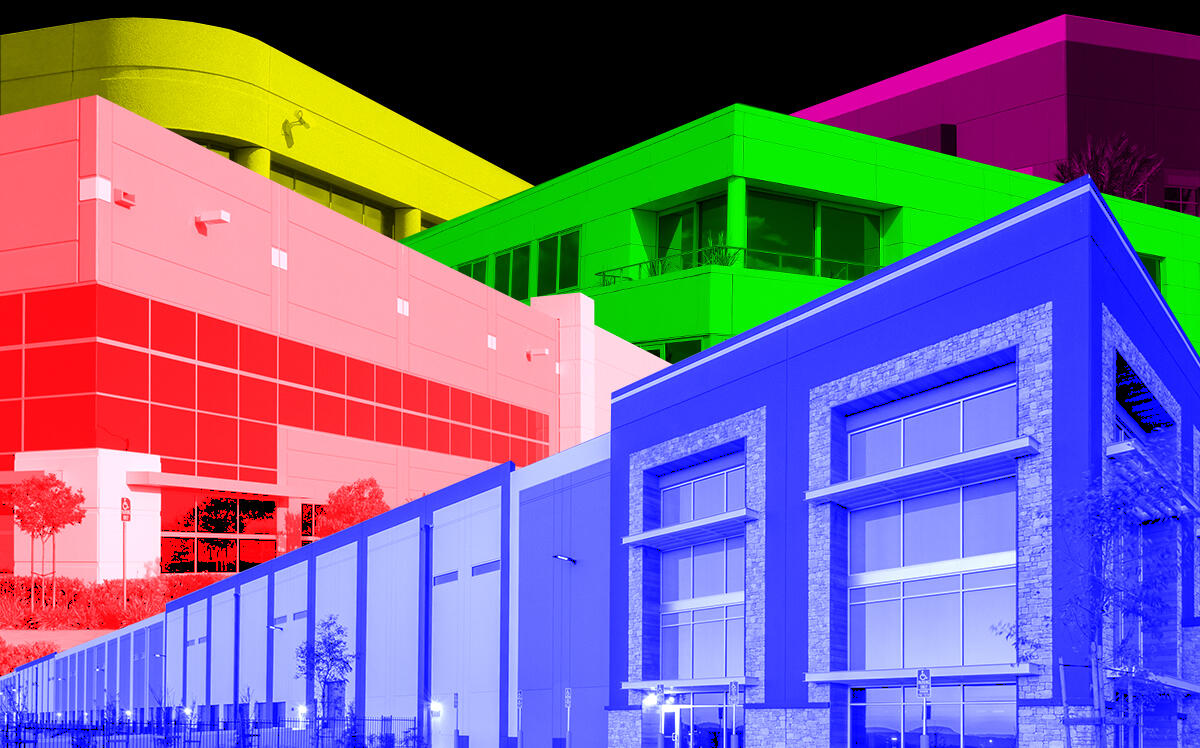 Chicago industrial inventory collapses to record low, development sets record high
Chicago industrial inventory collapses to record low, development sets record high
Trending
Chicago industrial vacancies rise for first time in three years
Slight uptick as new development chases record demand, giving tenants options

Chicago’s frenzied industrial market means tenants eyeing new space have their only chance of the pandemic to shop around without getting kicked out of line.
For the first time in three years, vacancy rose in recently built speculative industrial buildings in the Chicago area, rising 30 basis points to 7.3 percent, Colliers found in a second-quarter report. A basis point is a hundredth of a percentage point.
After putting a record amount of new square footage into the Chicago-area pipeline, developers are matching historically high demand — first quarter vacancies for recently completed products were at a record low of 7 percent. Just more than half of the 4.8 million square feet delivered in the second quarter was vacant upon completion, the Colliers report said.
“Everybody is taking a breath,” said Daniel Cawley, founder of industrial brokerage Cawley Chicago. “We’re not concerned at the moment. This is usually the slow time of year, but there’s still crazy activity.”
With strong interest remaining in leasing space, the only vacancy uptick since 2019 isn’t deterring developers. The expansion of supply is crucial to balance the ultra-tight market, and has given tenants a rare chance to consider multiple existing buildings.
“There is some validity to there being a bit of catch-up going on,” said Avison Young’s Erik Foster. “There could be some companies who, given the recessionary environment that we may be in, might be taking a bit of a pause.”
He doesn’t expect developers to back off as a result of slower leases. The second quarter’s leasing total in spec buildings was 4.6 million square feet, half the first quarter’s record 9.3 million.
“I don’t think those statistics and vacancy rates are going to rise significantly because of what we have seen from developers,” Foster said. “They are standing their ground.”
While the tight market favors landlords, that could change if vacancies keep rising, Cawley said.
“Vacancy remains just a few percentage points lower than the long-term vacancy average, and a change in market dynamics would potentially alter conditions closer to prior norms,” a Savills report said on Tuesday.
Duke Realty completed the largest construction project in the quarter with a 1.2 million-square-foot facility for online furniture retailer Wayfair. The area surrounding O’Hare International Airport is among the tightest submarkets, with a 2.5 percent vacancy rate after posting six straight quarterly declines, Savills found.
Read more
 Chicago industrial inventory collapses to record low, development sets record high
Chicago industrial inventory collapses to record low, development sets record high




